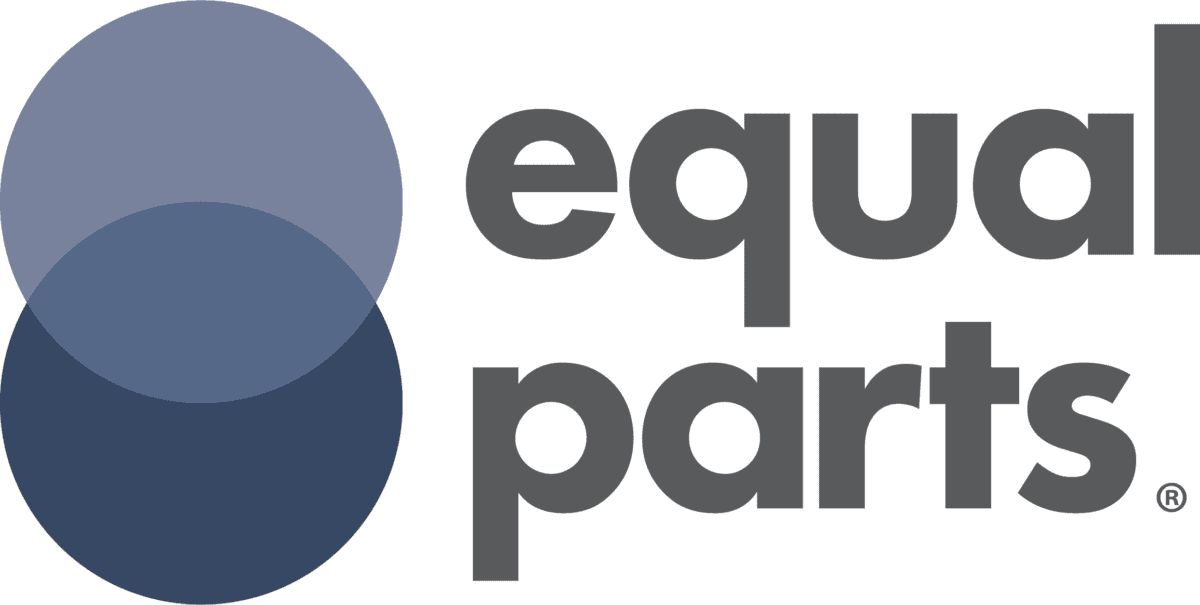When you are focused on growing your business, it can be difficult to ensure new hires get the attention they deserve. Since the success of your business is directly tied to the talent that you recruit, it’s crucial to get new employees engaged and productive from the beginning. Target completing the onboarding process within the new employee’s first 90 days on the job.
How Employee Onboarding is Linked to the Success of Your Company
The purpose of employee onboarding is to help new hires acclimate to your company. An essential part of this process involves engaging employees so they become productive and loyal team members. An onboarding process that is implemented well shows up in employee satisfaction and ultimately leads to higher employee retention.
How to Get Employee Onboarding Right
While many companies have an onboarding process on paper, few actually implement it correctly. Here are three critical elements that your process should involve:
1. Structure
Structure is needed to align your employer brand to the onboarding process. According to a study by the Wynhurst Group, 58 percent of employees that go through a structured onboarding process will remain with the organization for at least three years. By creating and implementing a structured plan, you will convey to your new employees that they are important to the company. Be sure to build in time for check-ins and opportunities to make employees feel that their contributions matter.
2. Training
Training and onboarding are not the same thing. While some companies focus on compensation and benefits they often neglect providing core training to new hires. Failing to teach your new hires the “how” and “why” of your organization will lead to unengaged and unproductive employees. According to a CareerBuilder study, 49 percent of employees feel that training is the responsibility of the employer. An effective best practice includes onboarding training sessions that involve employees at all levels of your organization. This will help to cultivate a mentor-style program and make new hires aware of who to turn to when they need guidance and coaching.
3. Balance
Keep in mind that the onboarding process doesn’t stop once best practices, policies, technology, and equipment have been reviewed. Continued training is crucial for keeping employees engaged, increasing productivity, and retaining talent. Effective onboarding processes recognize this balance.
Establishing an onboarding process for new employees that encompasses these three critical components will shape how these new hires feel in their early tenure on the job and lead to happier, more productive employees.
Your company culture is a key driver in the employee onboarding process. Making onboarding effective start with understanding and improving your culture first. Contact us at Equal Parts to learn how we can help you create the optimal company culture for your organization.

